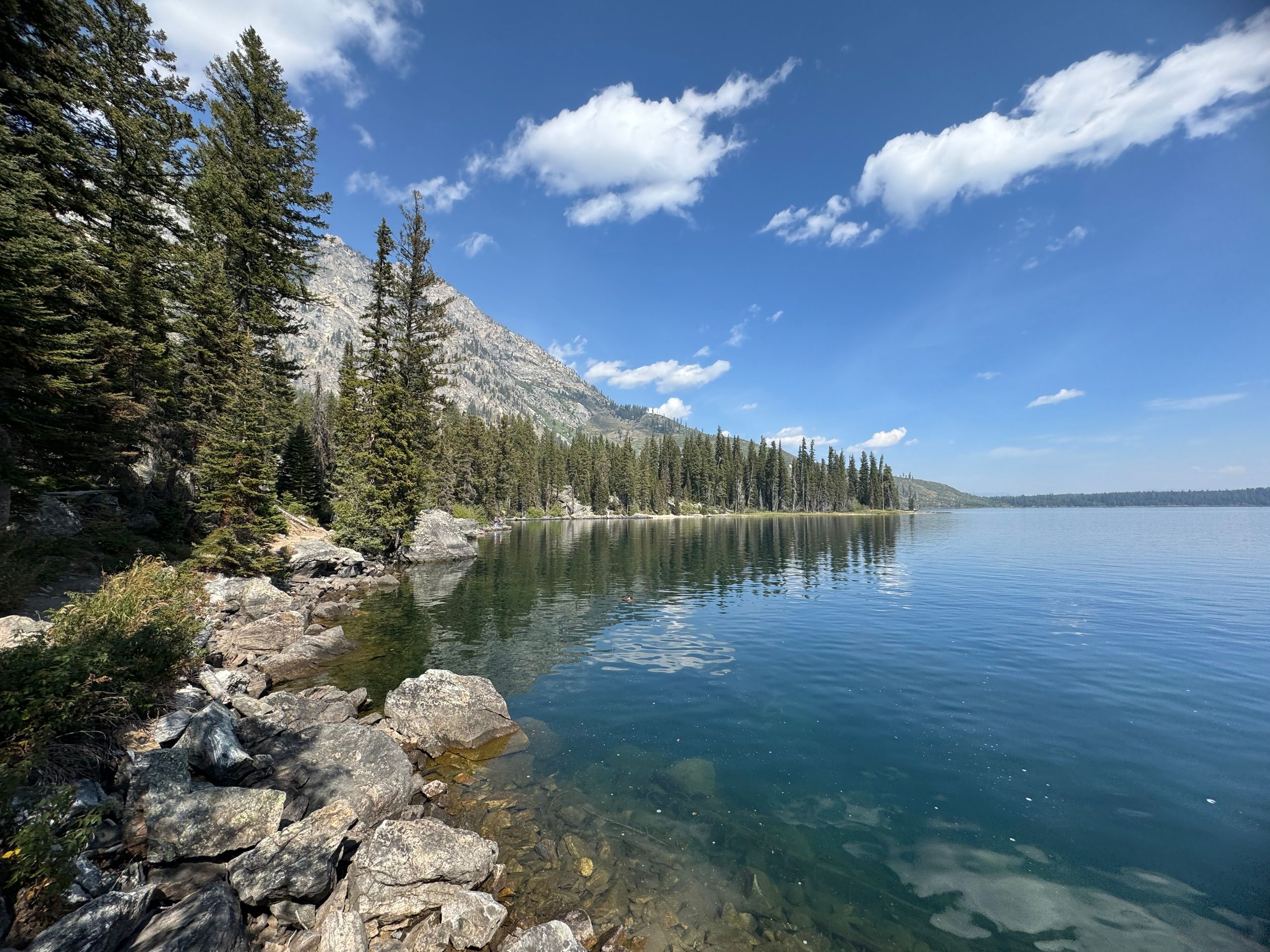
traveltogether
vakantio.de/traveltogether
Narbonne
Uñt’ayata: 22.05.2024
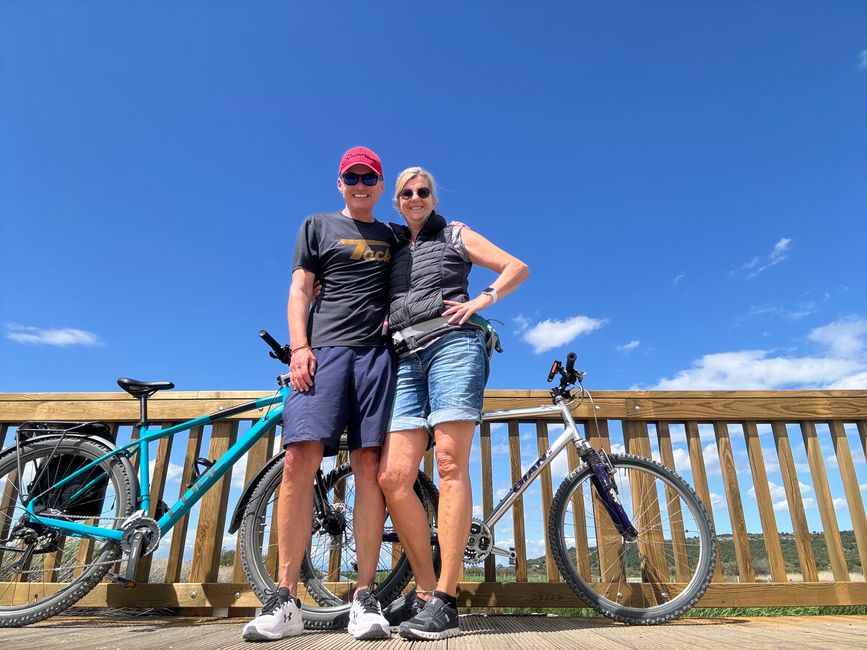
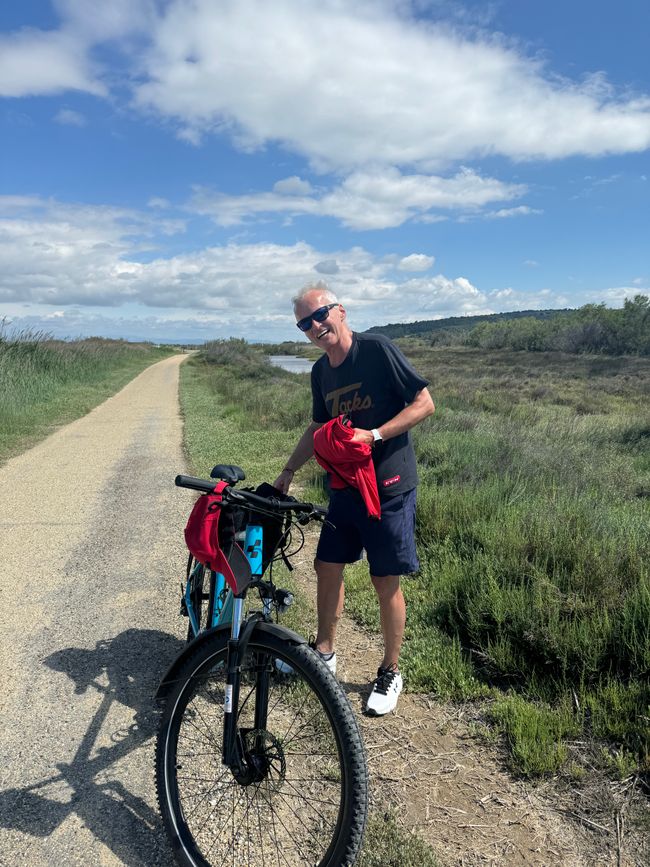


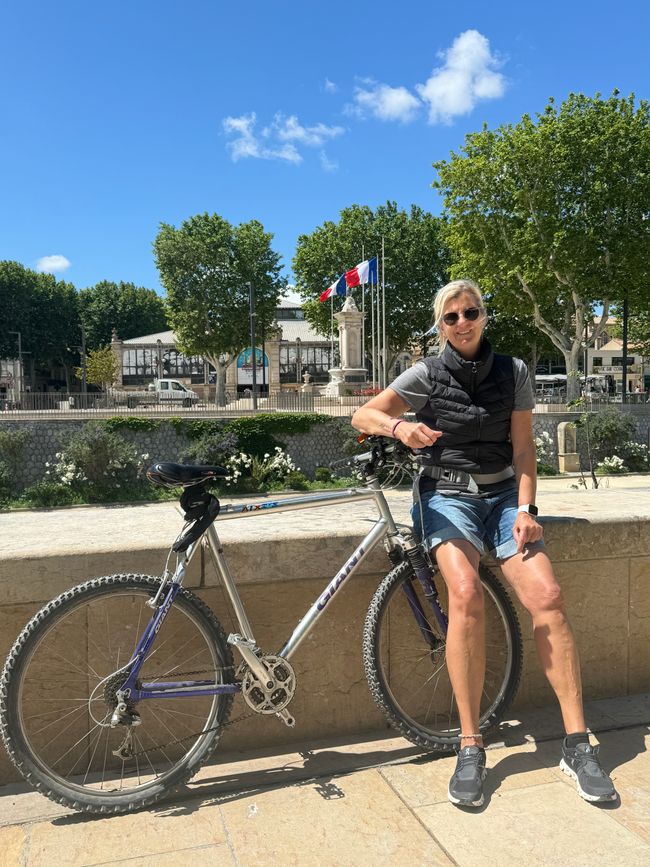

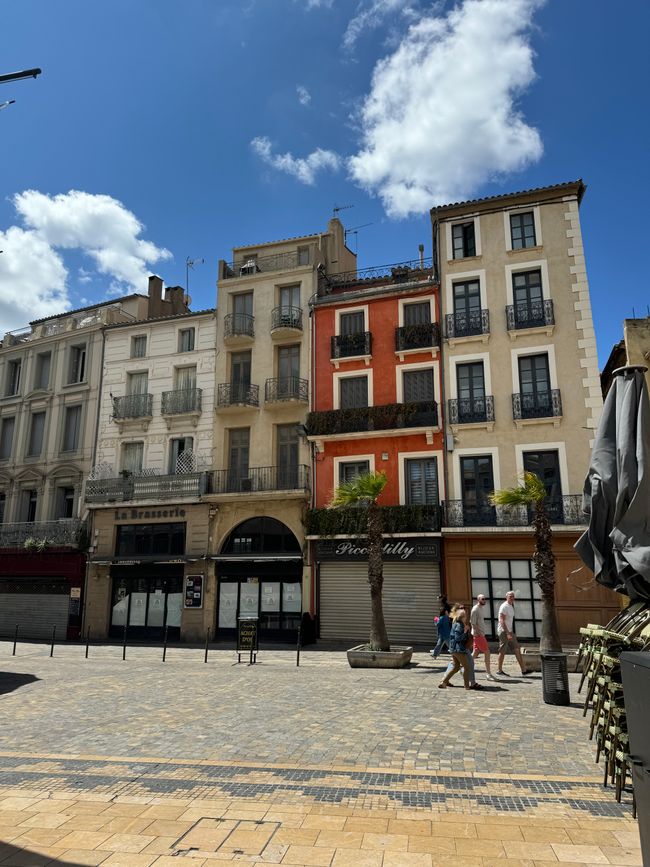
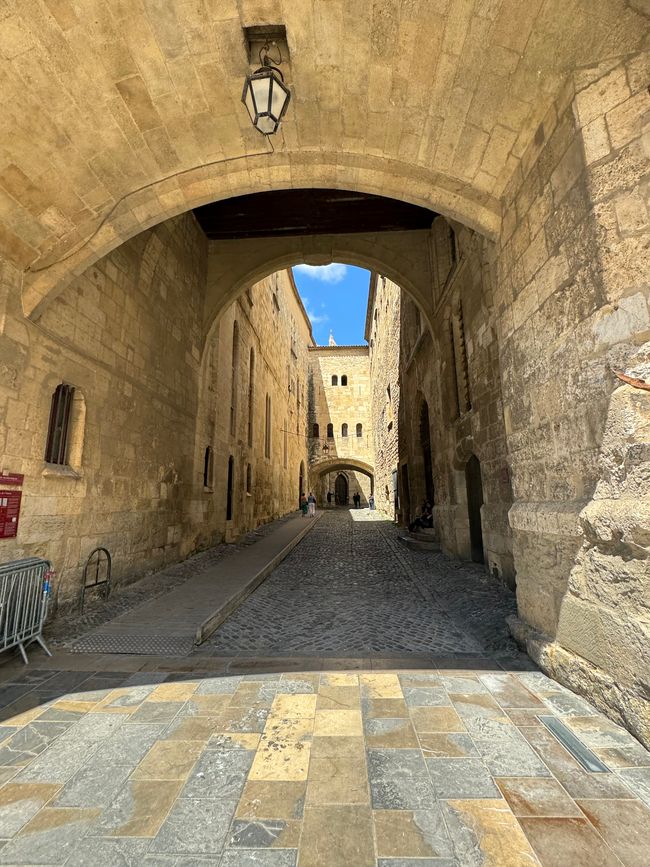
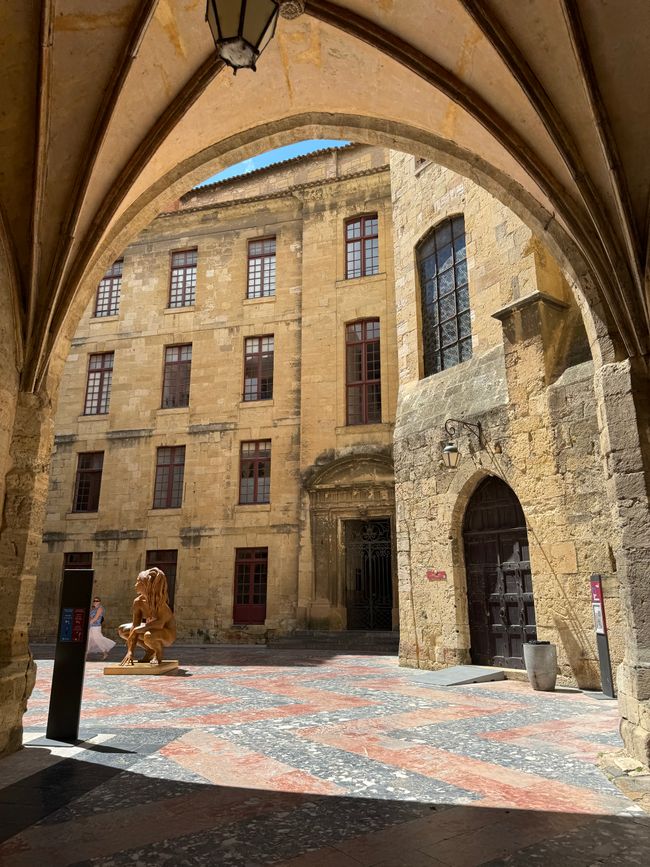
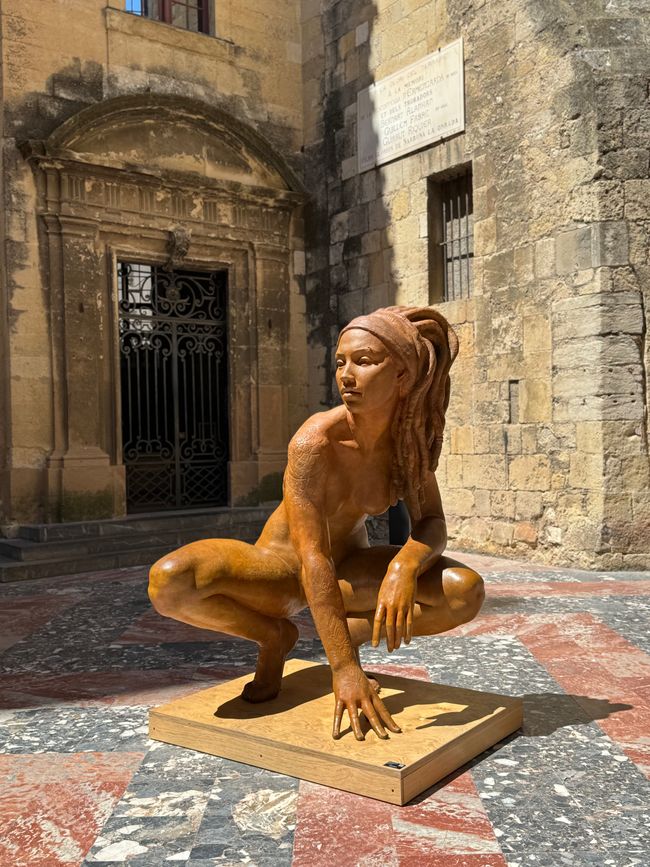
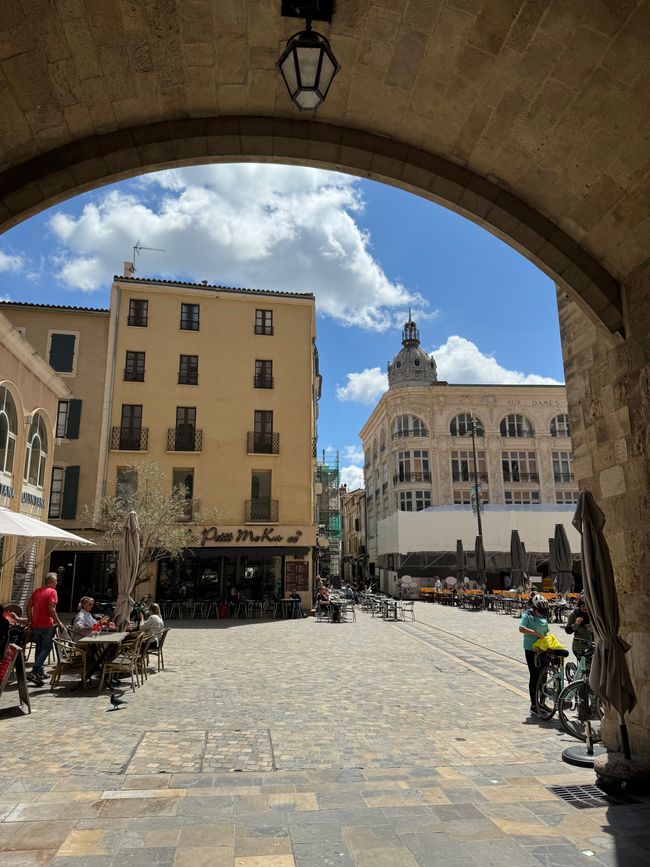
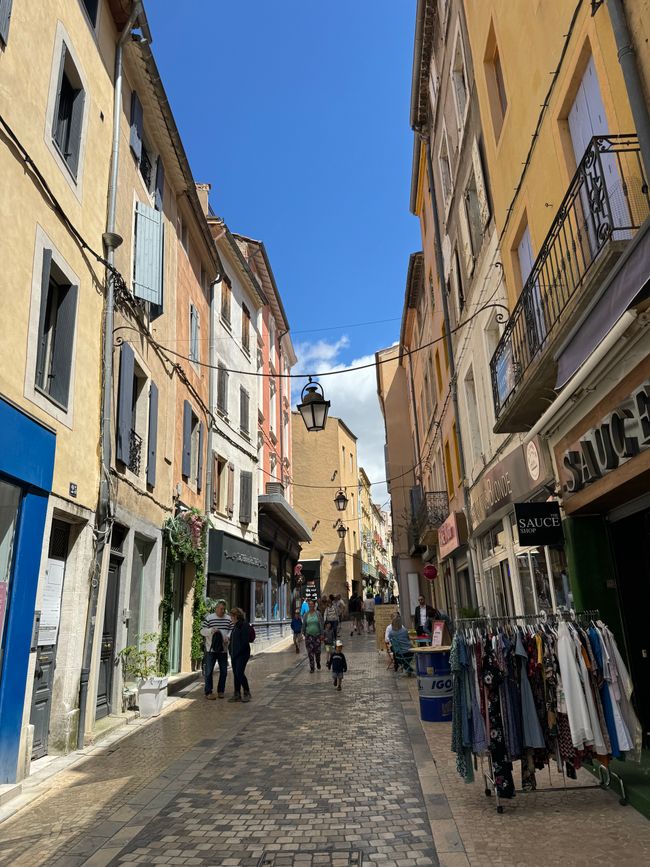
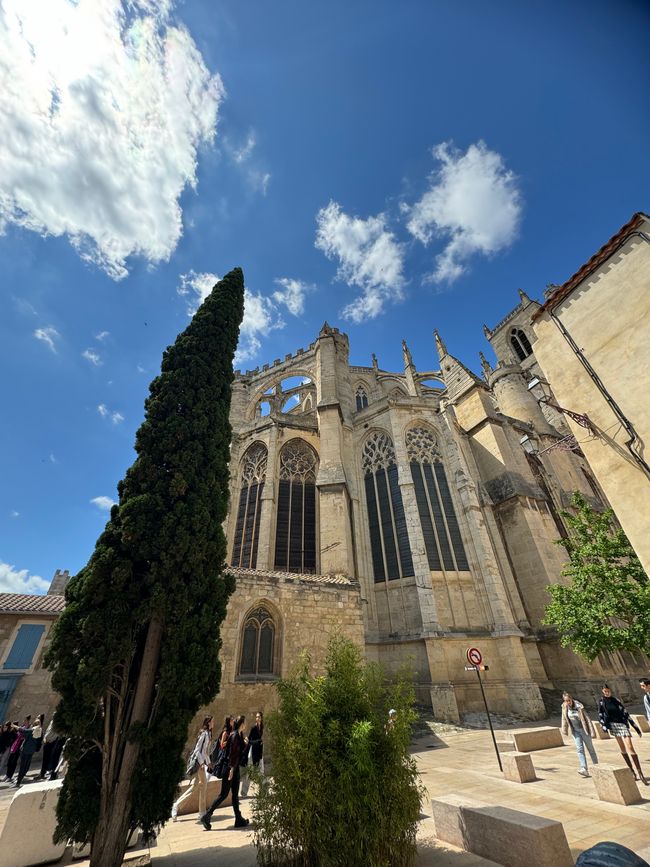
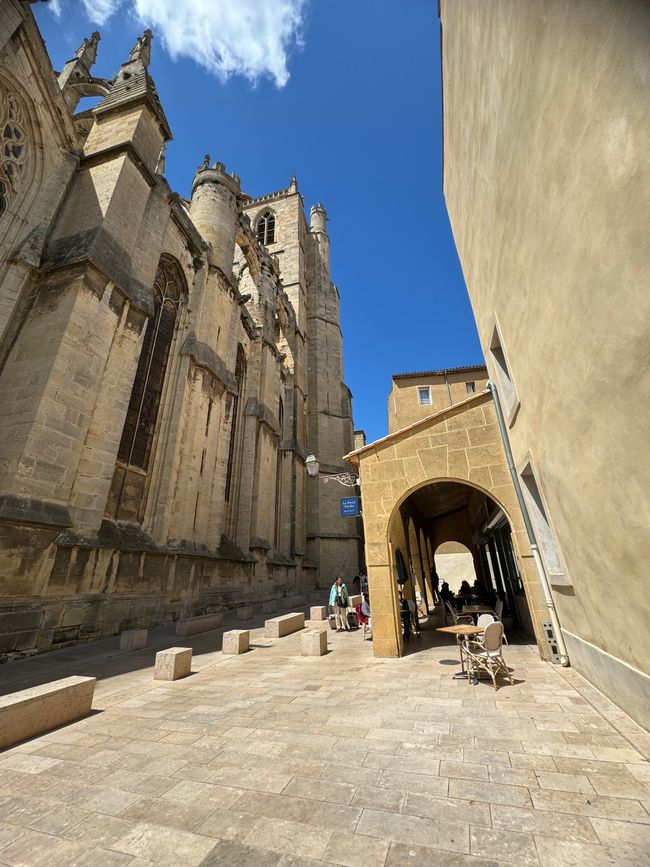
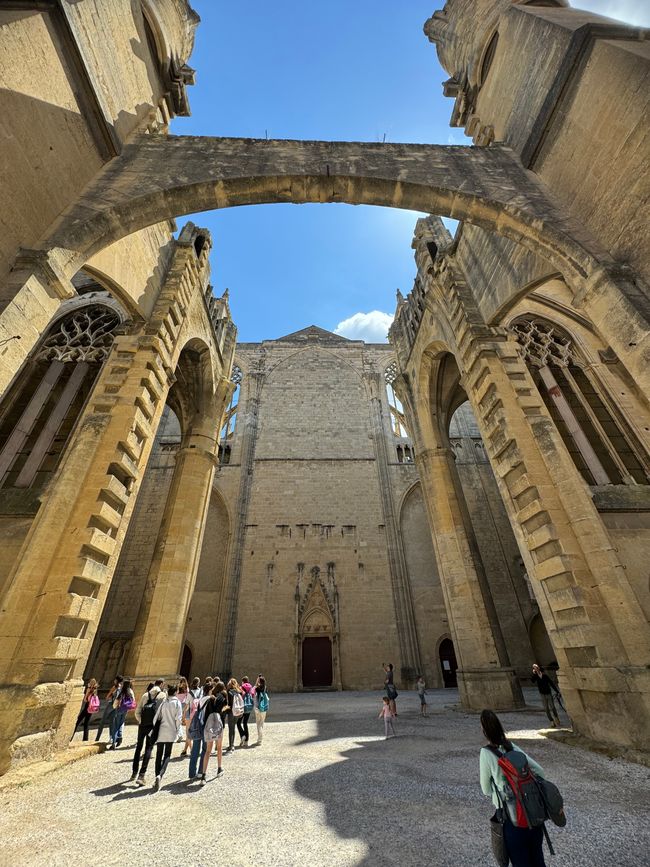
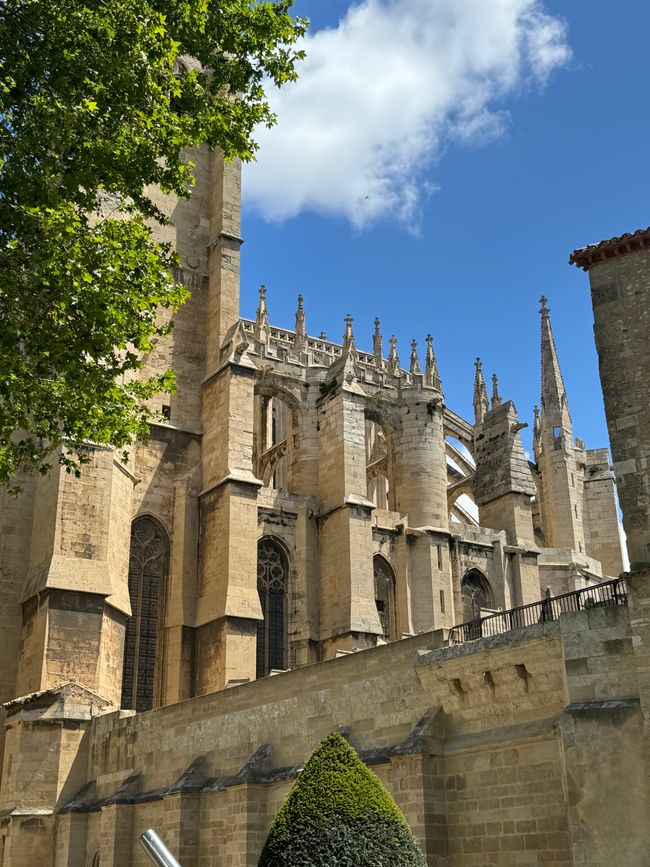

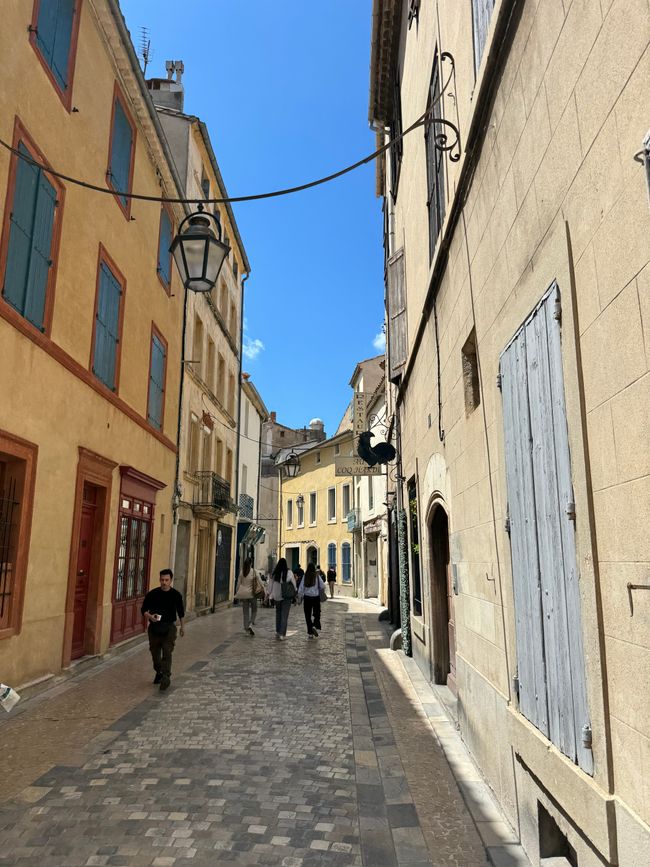
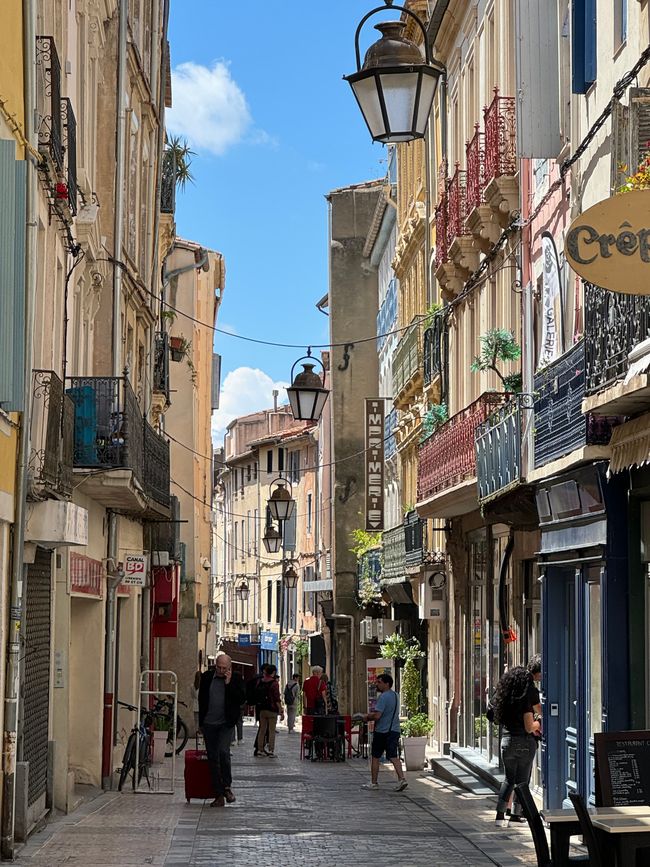
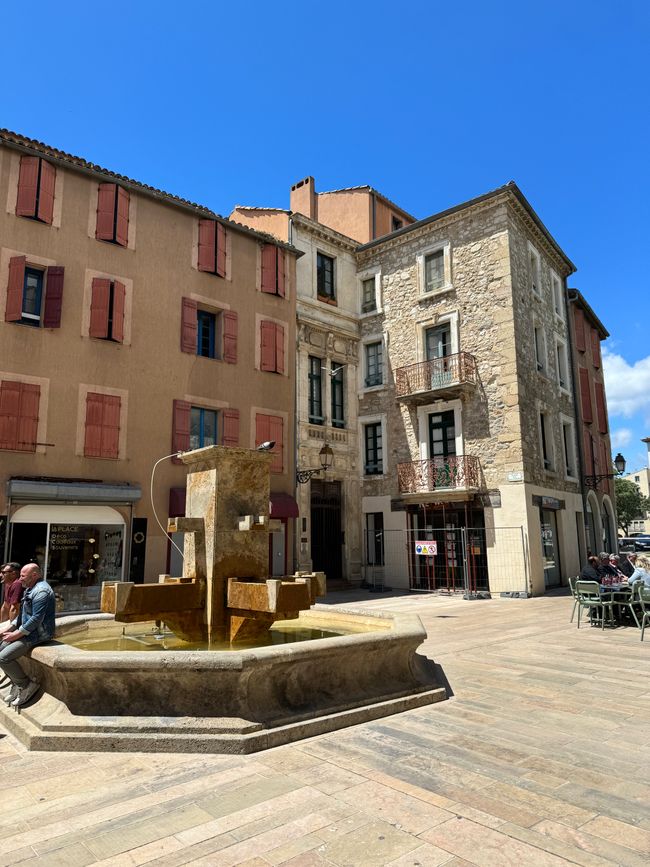
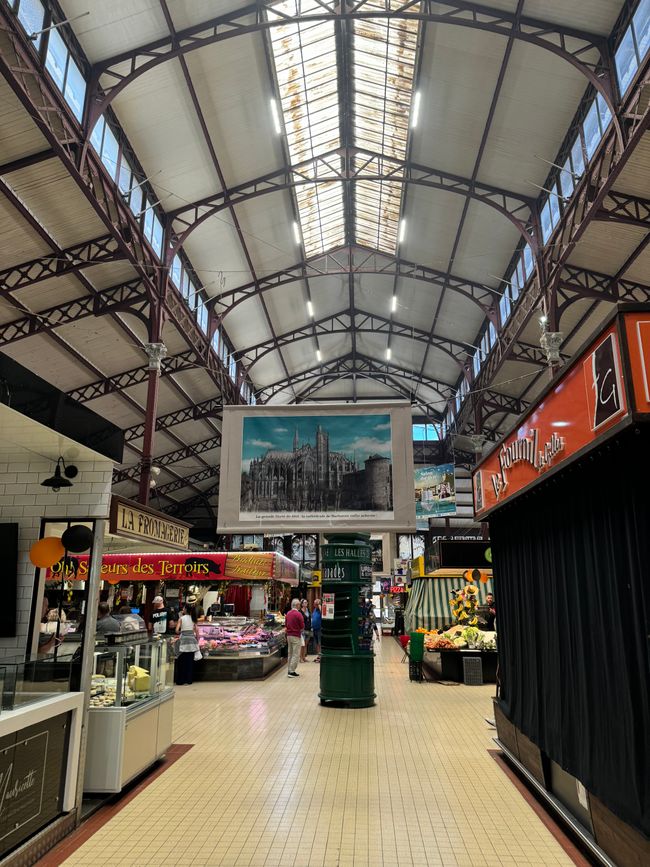
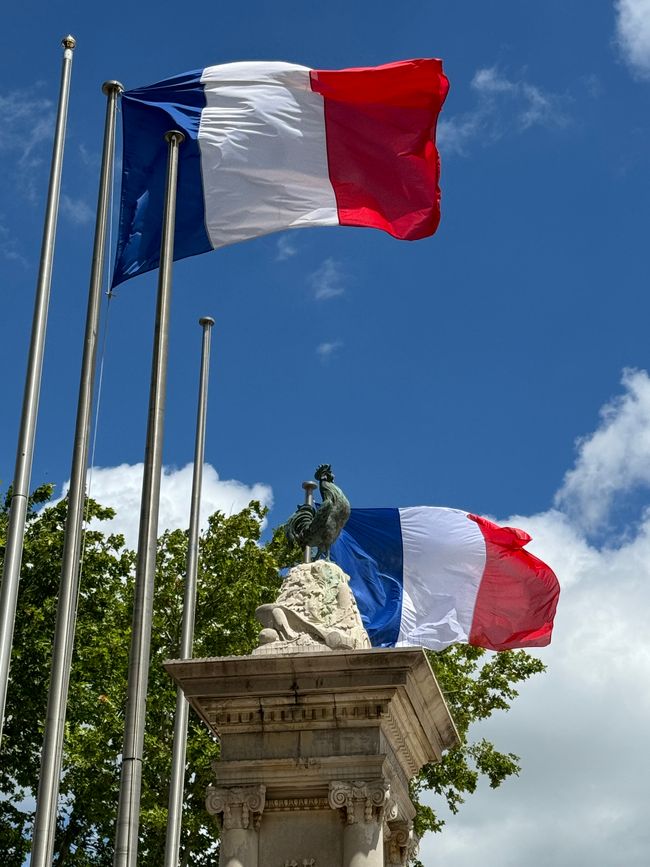

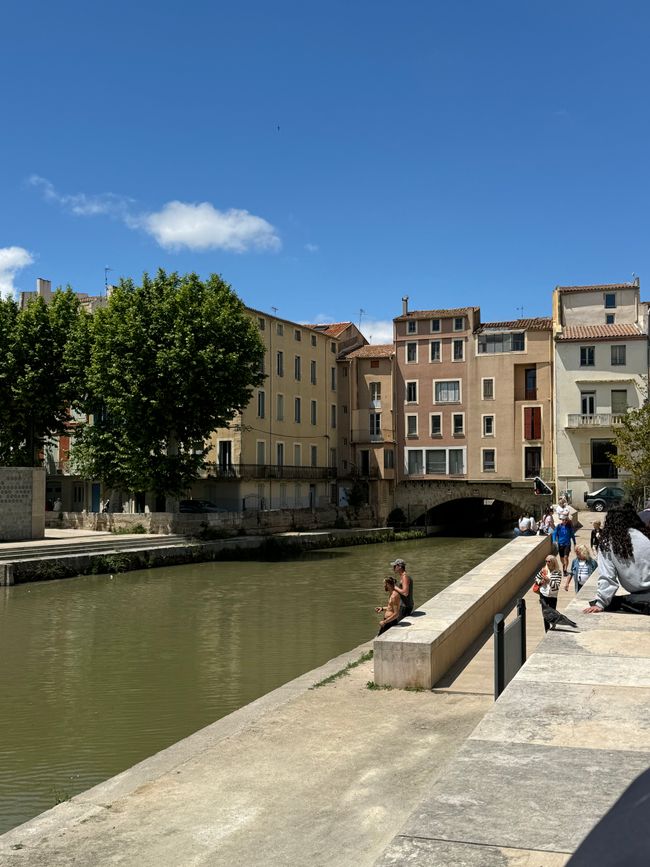
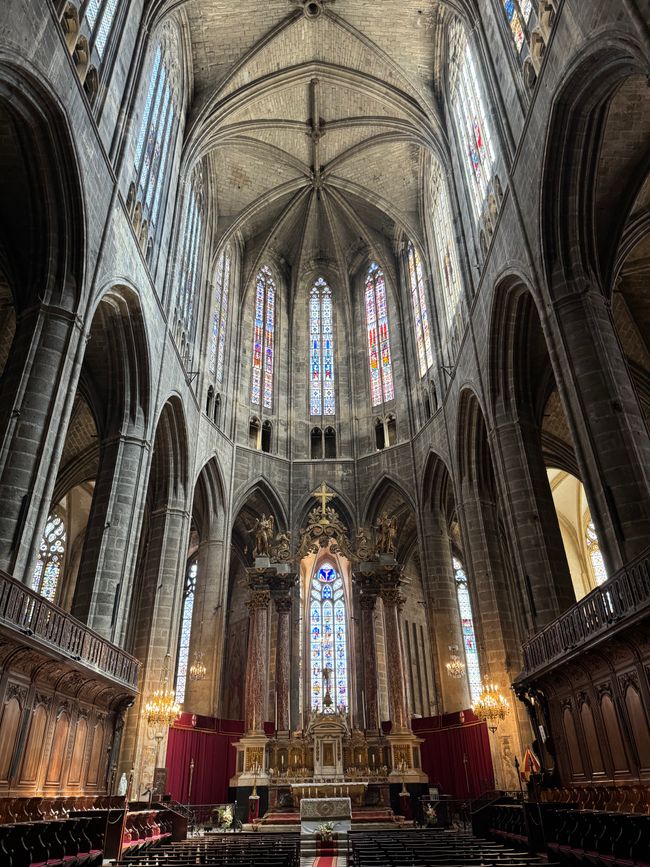

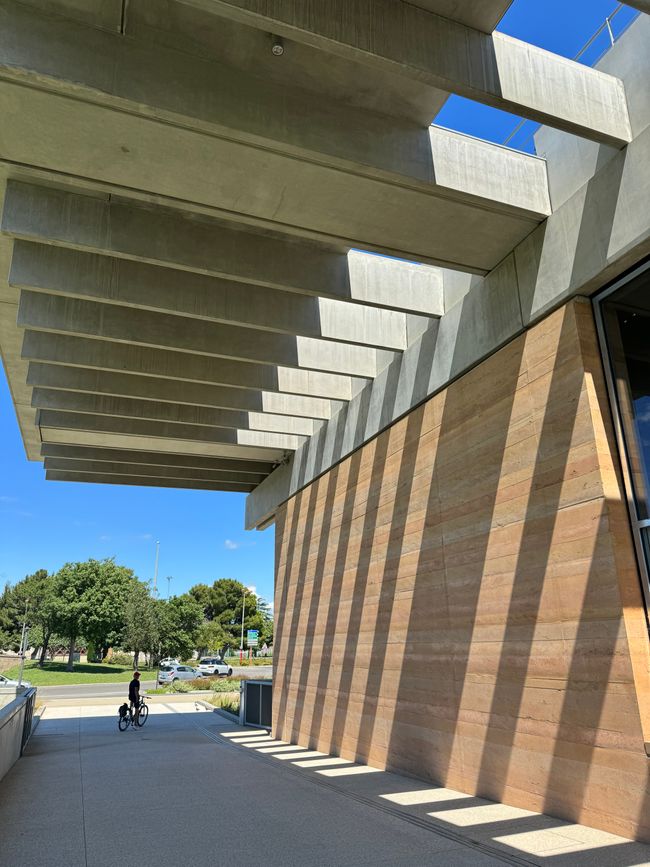
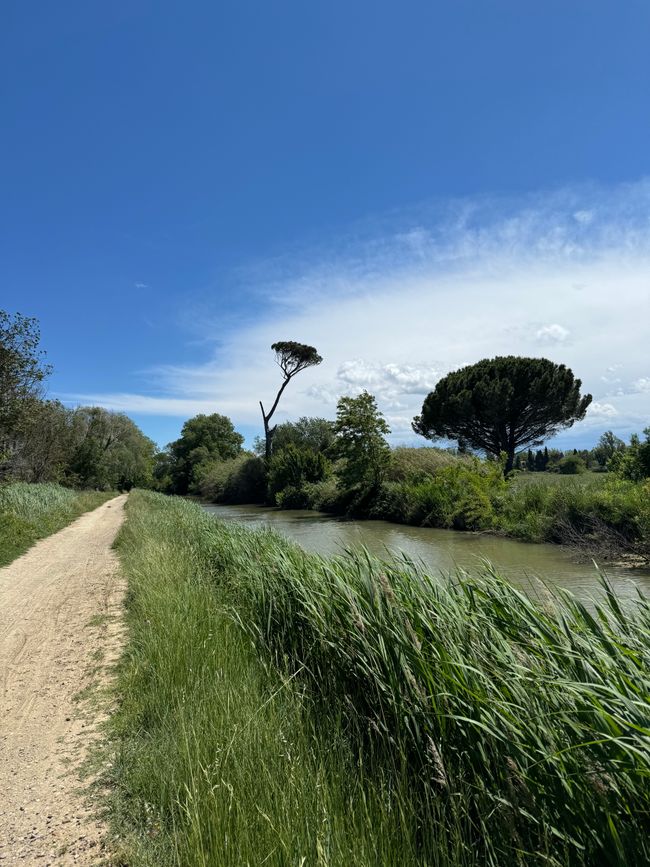
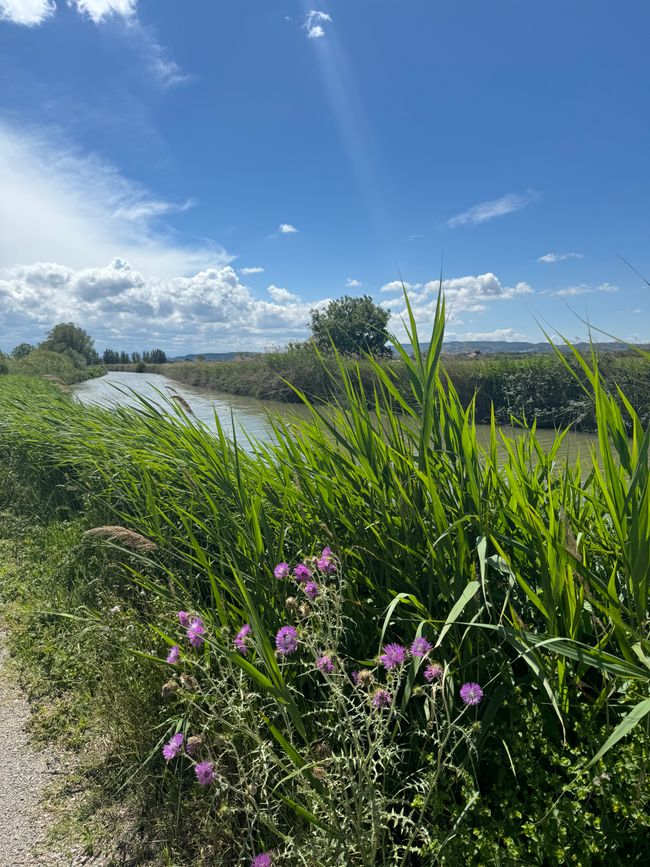
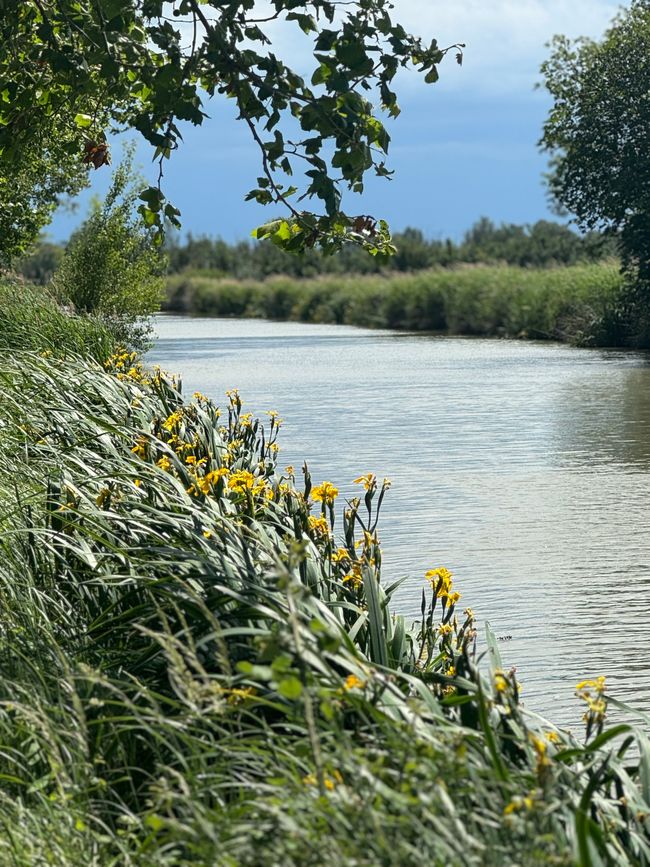
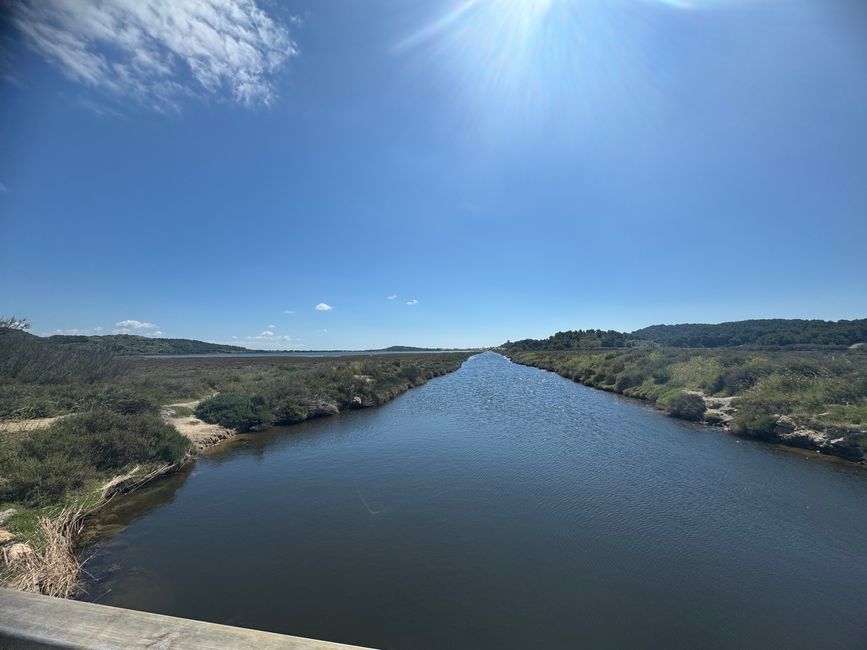

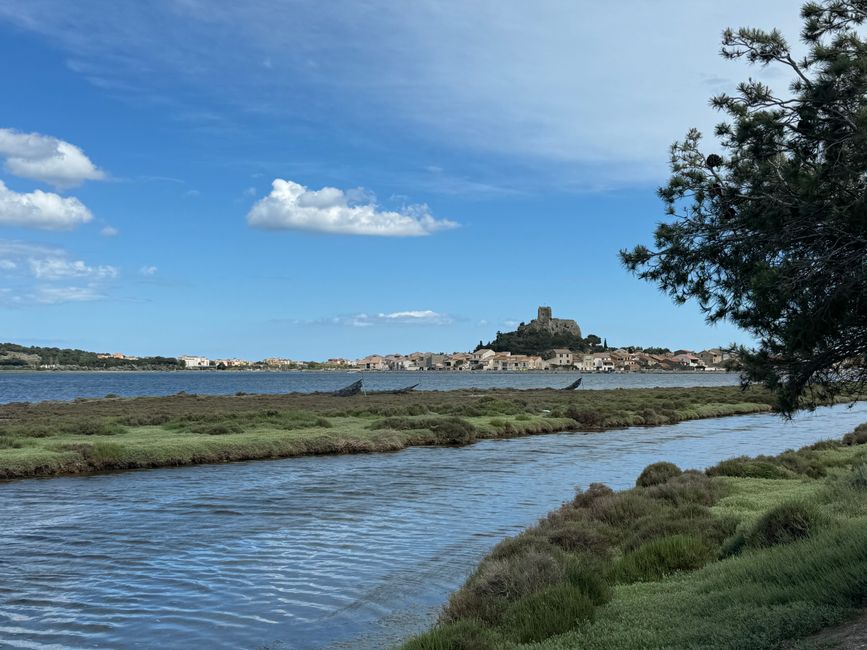

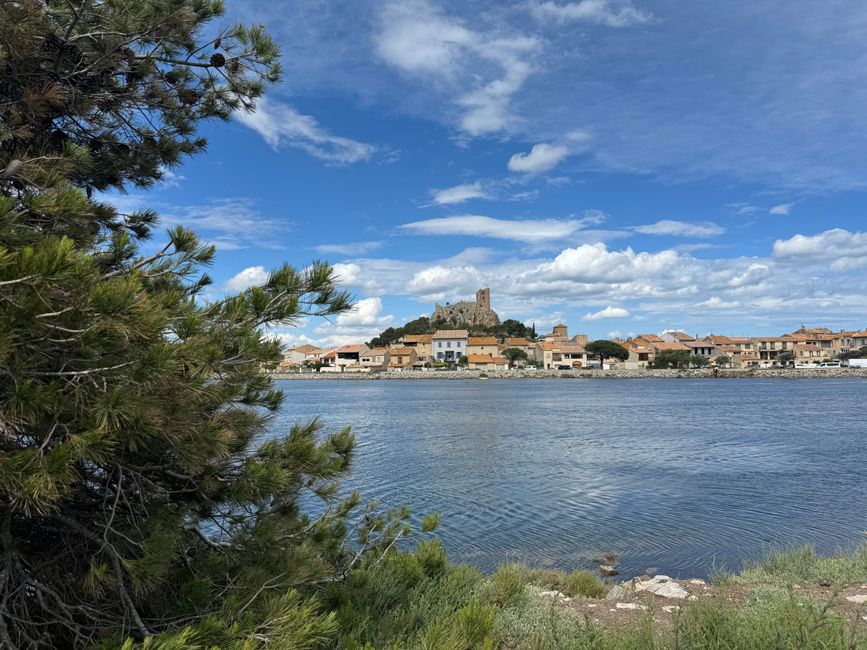
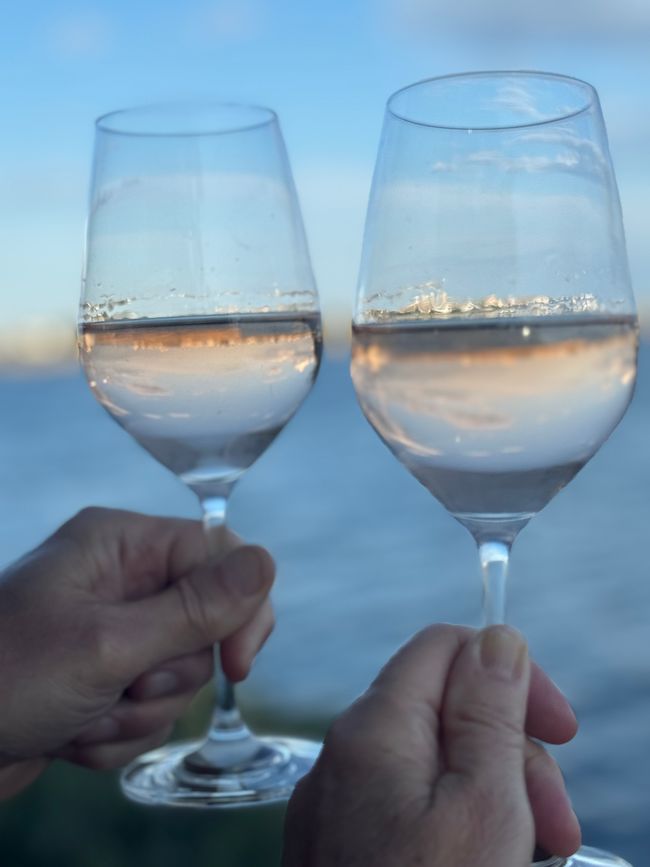
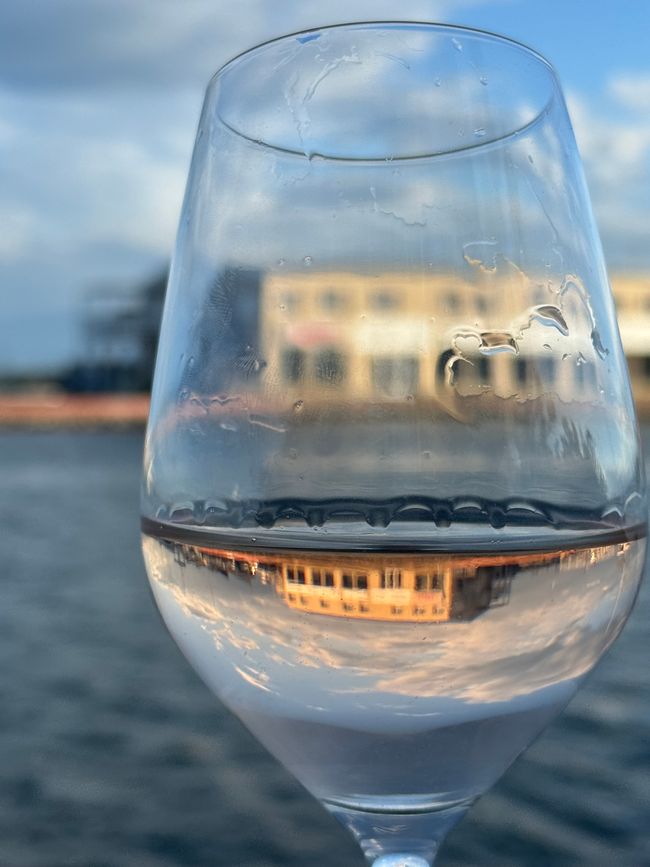
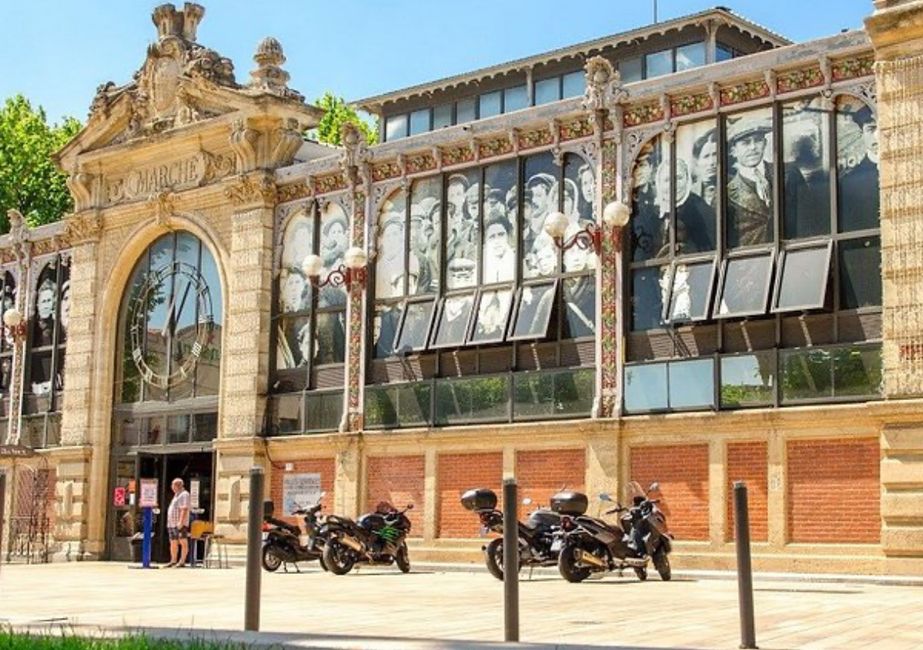
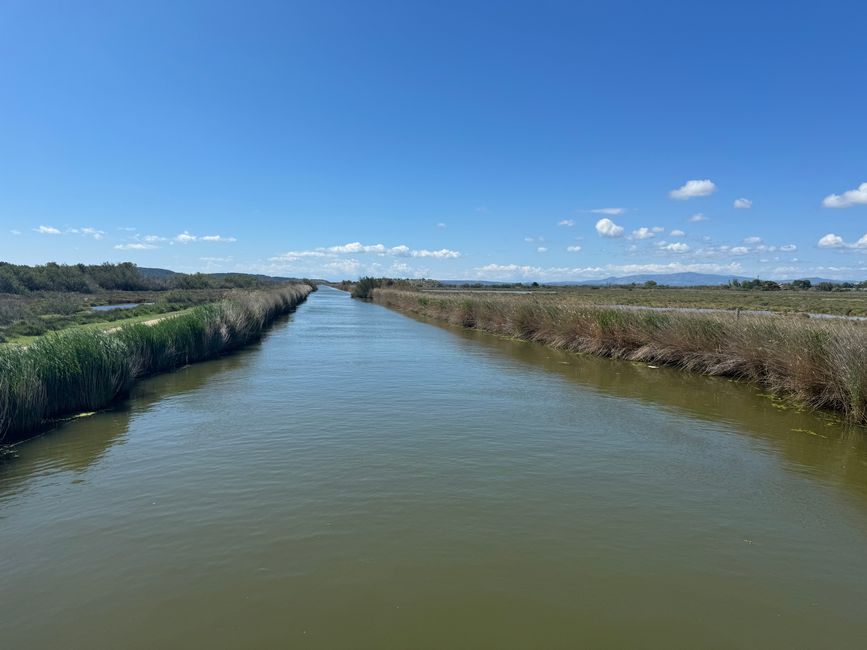
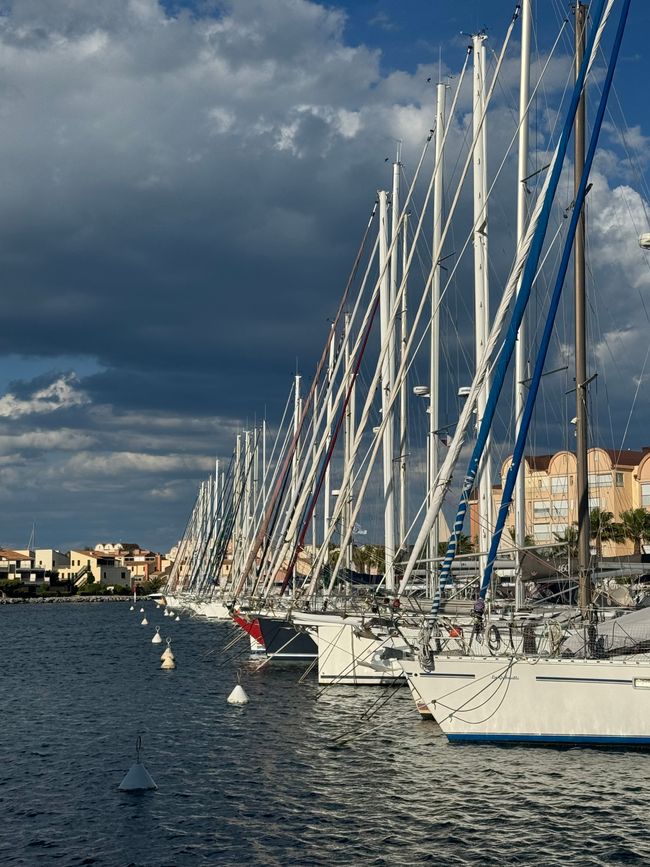
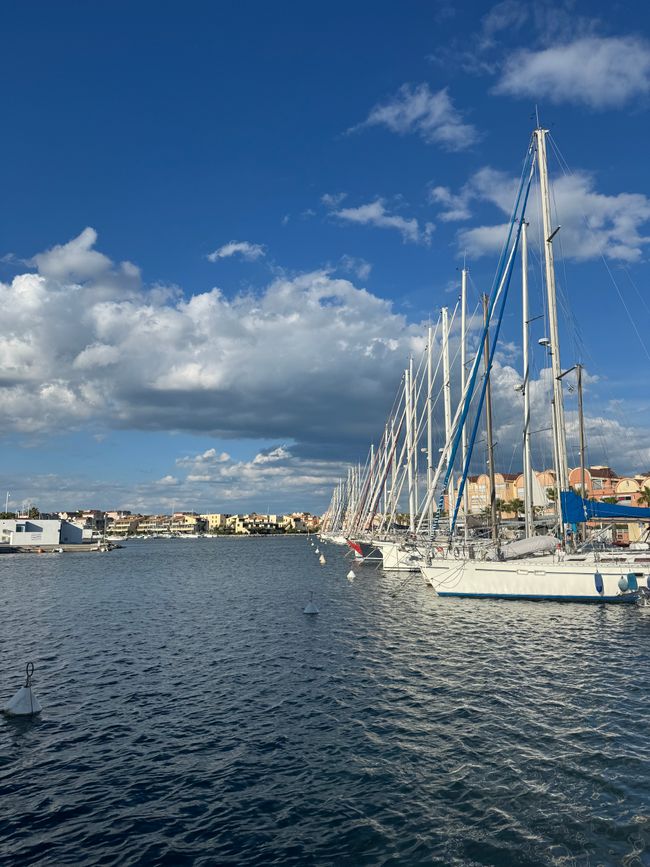
Yatiyäw qillqatar qillqt’asipxam
21.05.24
Despite the clattering of the ropes on the sailing boats all around us, we slept well. After morning coffee and breakfast and checking the weather, we decided to cycle to Narbonne, about 18 km away, despite the strong wind. The way there isn't bad, just a strong headwind. We practice slipstreaming🚴🚴🚴
This route first leads along the Étang de Gruissan in the Narbonnaise en Méditerranée Regional Nature Park and then along the Canal de la Robine, a UNESCO World Heritage Site, to Narbonne.

In some places you have to be careful not to end up in the canal.



Narbonne's roots go back a long way - to the early Roman period. Many Roman relics can be found right in the heart of the old city.
For example, on the town hall square. When the square was being redesigned in 1997, stonemasons discovered large blocks with deep wagon tracks under the pavement - a perfectly preserved section of the Via Domitia.


From 1272 onwards, an imposing clerical trio with sacred, secular and military buildings spanning five centuries was built. The unique monumental ensemble was both a residence and a fortress, similar to the Papal Palace in Avignon.

It consists of the unfinished Cathédrale Saint-Just-et-Saint-Pasteur (1272 – 1332), the Gothic cloister of the former monastery and the archbishop's palace. The former consisted of the Palais Vieux (12th century), the Palais Neuf (17th century) and the Donjon Gilles-Aycelin (12th century).
The Passage de l'Ancre, whose name recalls the tolls collected by the archbishops on the coast, served as a connecting route between the two palaces, the cathedral and the cloister.
Even though the cathedral was never completed, it is still a very impressive building.




We walk through the historic old town and over the only merchant bridge in southern France


The Pont des Marchands.
The roots of the Pont des Marchands, a bridge with a row of shops spanning the Canal de la Robine, also go back to Roman times. The Aude used to flow through it and the bridge had seven pillars.
But in the 14th century the river changed its course. From then on, the Canal de la Robine took over freight traffic. Today it is a popular area for houseboaters - and the passage under the Pont des Marchands is a spectacle that fascinates walkers on the quay.
The Les Halles market hall is housed in a metal structure in the Baltard style, which is equally worth seeing inside and out. The Narbonne market hall was built by André Gabelle and the architect Léopold Carlier and has been open to the public since January 1, 1901.

Unfortunately, we only get there shortly before the market hall closes.
A city that is, in our opinion, very worth seeing.
On the way back we pass the Narbo Via, a museum that deals with Roman history. The building was designed by Norman Foster

On the way back we thankfully don't have such a strong headwind, but the cycling paths are pretty adventurous, but the view of Gruissan is fantastic.




The port of Gruissan is really huge for such a small place.

We end the day in front of our Rudy on the canal. We were really lucky with the weather again 🍀

Yatiyäw qillqatar qillqt’asipxam
Jaysawi (2)
Norbert
Wie immer tolle Bilder und einen gute Reisebericht. Euch noch schöne erholsame Tage und viele neue Eindrücke. Bis bald einmal, Elke & Nobbi🫶
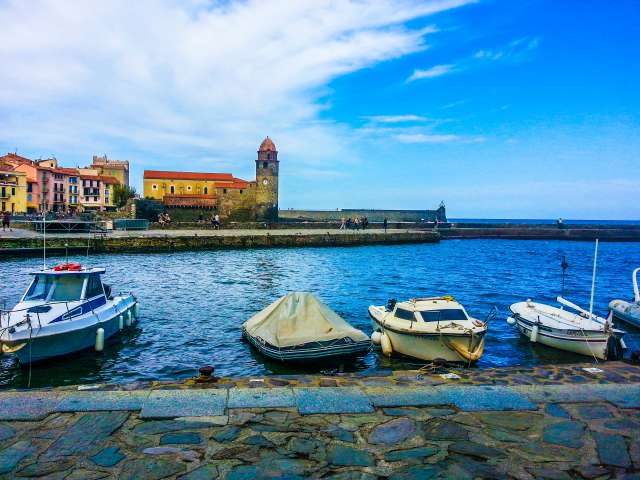
Viajes ukan yatiyawinakapa Francia markanxa
